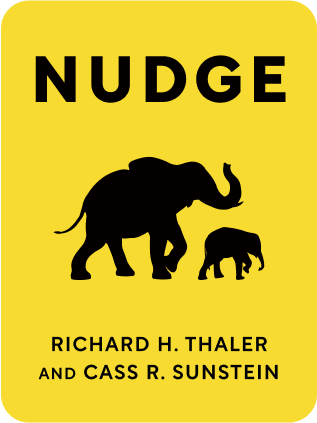

This article is an excerpt from the Shortform summary of "Nudge" by Richard H. Thaler and Cass R. Sunstein. Shortform has the world's best summaries of books you should be reading.
Like this article? Sign up for a free trial here .
What is the framing effect? How can a framing bias example show the influence of this effect?
The framing effect is the theory that you respond differently to information based on how it is presented. This applies most clearly to data and statistics.
Read more about the framing effect and why it matters.
What Is the Framing Effect?
When it comes to statistics and probability, humans are especially susceptible to the framing effect. That is, the way data is “framed” can drastically affect our response to it.
To illustrate the point, think of doctors’ prognoses. If a doctor tells you that 90 out of a 100 people who’ve had a certain procedure are still alive after five years, you’d probably consider the procedure relatively safe. If the doctor tells you ten out of 100 people died after having the procedure, you might be less inclined to have that procedure, even though the success rate is exactly the same. (Incredibly, doctors themselves are susceptible to this framing bias example: Doctors will prescribe a treatment more or less depending on how its success rate is framed.)
Credit card companies showed an intuitive understanding of the framing effect as their product became more popular in the 1970s. Since merchants are assessed a fee by the credit card companies (typically 1% on each credit card transaction), the merchants wanted to charge their cash and credit customers two different prices. When a bill was introduced in Congress to allow merchants this option (over the credit card companies’ objections), the credit card companies tried to change the bill’s language: they wanted cash customers to get a “discount” rather than credit customers be assessed a “surcharge.”
Structured Choices and the Framing Effect
When there are few options to choose from—or the choice is low-stakes—humans can distinguish among the options easily and make an informed choice. (An example might be the dollar menu at McDonald’s.) The presentation of these options may be subject to the framing effect.
However, when there are many options, humans are highly prone to err. Thus it’s incumbent on choice architects to structure large choice sets to minimize humans’ tendency to make mistakes.
An example is tiered retirement-plan options offered by an employer. Tier One is intended for novice investors: It features a default fund, indexed to the market and allocated according to your age. Tier Two features a small choice of funds, categorized as aggressive, conservative, etc., for someone who wants more control over his or her investments. Tier Three features the entire complement of funds for an expert investor who wants complete control over his or her retirement.
Social Influence
Humans are highly motivated by the behavior of their peers, and choice architects can achieve surprising results simply by framing certain beneficial choices as the social norm.
Here is a framing bias example. An experiment conducted in San Marcos, California, illustrates the point. Working with a sample size of 300 households, the researchers informed each household of its energy use over the previous several weeks and also provided the average San Marcos household’s consumption. In the subsequent weeks, the researchers found that the households whose consumption was above the average reduced their consumption. (Unfortunately, they found that social cues work both ways: Households under the average increased their consumption.)
Incentives
Traditional economics relies on the assumption that the prices of goods and services reflect all the relevant information for consumers to make an informed choice. For example, it’s a pretty safe bet that a used car that costs $3,000 will be less reliable or luxurious than a new one that costs $50,000.
But sometimes the relevant economic incentive is obscure, resulting in a greater likelihood of human error. Pricing can work like the framing effect. In these circumstances, better choice architecture can make the economic incentives of a given choice more “salient” (or obvious).
A classic example is utility costs. When we crank A/C on a hot day, we may have an inkling that we’re incurring additional cost, but we don’t truly recognize it until we receive our electricity bill at the end of the month. However, if our thermostat displayed the “cost per hour” of our new colder temperature—thereby making the cost of our choice more salient—we might think twice about lowering the thermostat.

———End of Preview———
Like what you just read? Read the rest of the world's best summary of Richard H. Thaler and Cass R. Sunstein's "Nudge" at Shortform .
Here's what you'll find in our full Nudge summary :
- Why subtle changes, like switching the order of two choices, can dramatically change your response
- How to increase the organ donation rate by over 50% through one simple change
- The best way for society to balance individual freedom with social welfare






